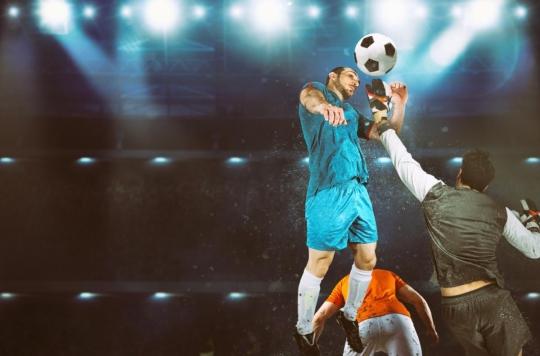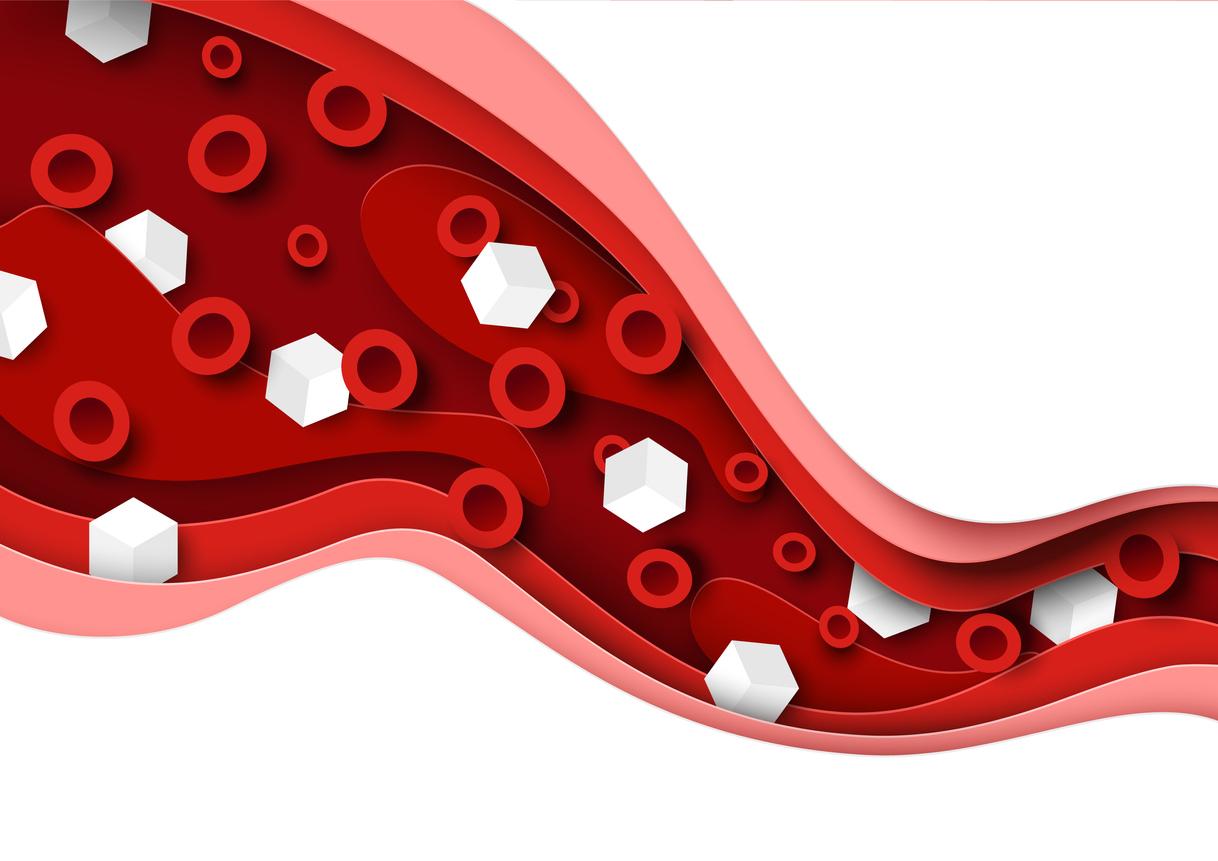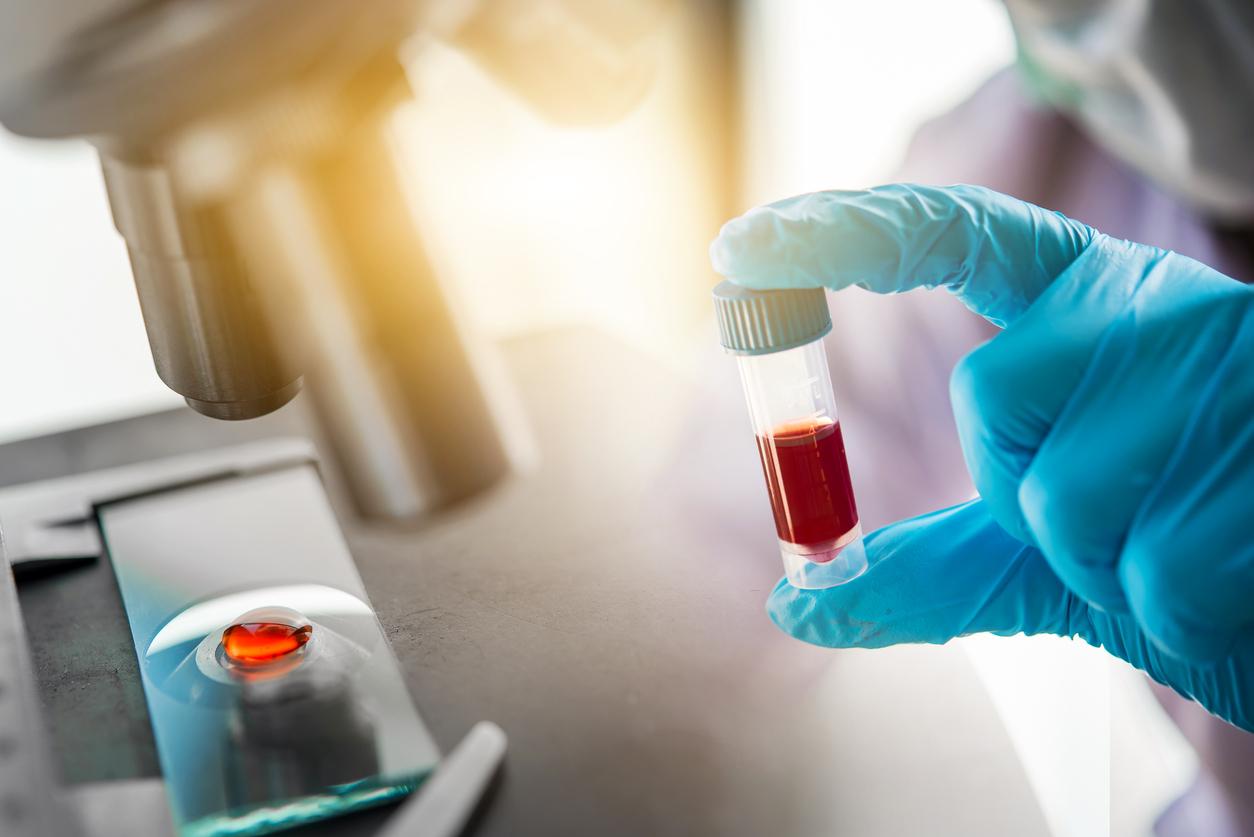The analysis of blood samples shows a deterioration in the levels of certain molecules present in the brain in footballers who are accustomed to heading the game.

- Biomarkers make it possible to measure a function of the body, to detect the presence of a disease or to evaluate the effectiveness of a treatment.
- A total of 98 samples were selected for analysis.
- Bioinformatics tools have allowed scientists to assess alterations in microRNAs.
How dangerous can a soccer ball be? At first, none. However, when played with the head, it can degrade brain health. In the specialist journal Brain Injury, scientists explain how they came to this conclusion. They analyzed blood samples from 89 professional soccer players. In their results, they find “alterations specific“levels of blood markers, suggesting brain damage.
Links to gene expression
Previous studies have shown that certain microRNAs present in the blood are altered following a mild traumatic brain injury. These small molecules are present in our cells, and involved in different processes, including gene expression. For this reason, scientists wanted to use this technique to observe the brain activity of footballers. The blood samples were collected at rest, then one hour after physical exercise and twelve hours after. The researchers took these blood samples following specific events: after an accidental impact to the head during a match, after repetitive head games in training or after high-intensity exercise.
A new screening tool
Scientists are finding that these biomarkers, called microRNAs, affect different signaling pathways related to brain activity. These microRNAs are only impacted when footballers play with their heads and not when performing other high intensity exercises. Their findings attest to the dysregulation of eight microRNAs. “The results add further evidence to demonstrate that microRNAs can be used as biomarkers of brain damage, say the research team. These have the potential to differentiate between injury severity and distinguish between the different types of head impacts seen in football.They note limitations to their research, however, including sample size and the lack of biomechanical readings of head impacts, as the researchers relied on real-time and video observation. Further research will be needed, but scientists are optimistic. “Future findings could lead to a better understanding of the potential dangerous effects of repetitive impacts to the head, says Stian Bahr Sandmo, co-author and researcher at the Center for Sports Injury Research at the Norwegian School of Sports Science. With millions of people playing football around the world, this could have a substantial influence on public health.”
.

















